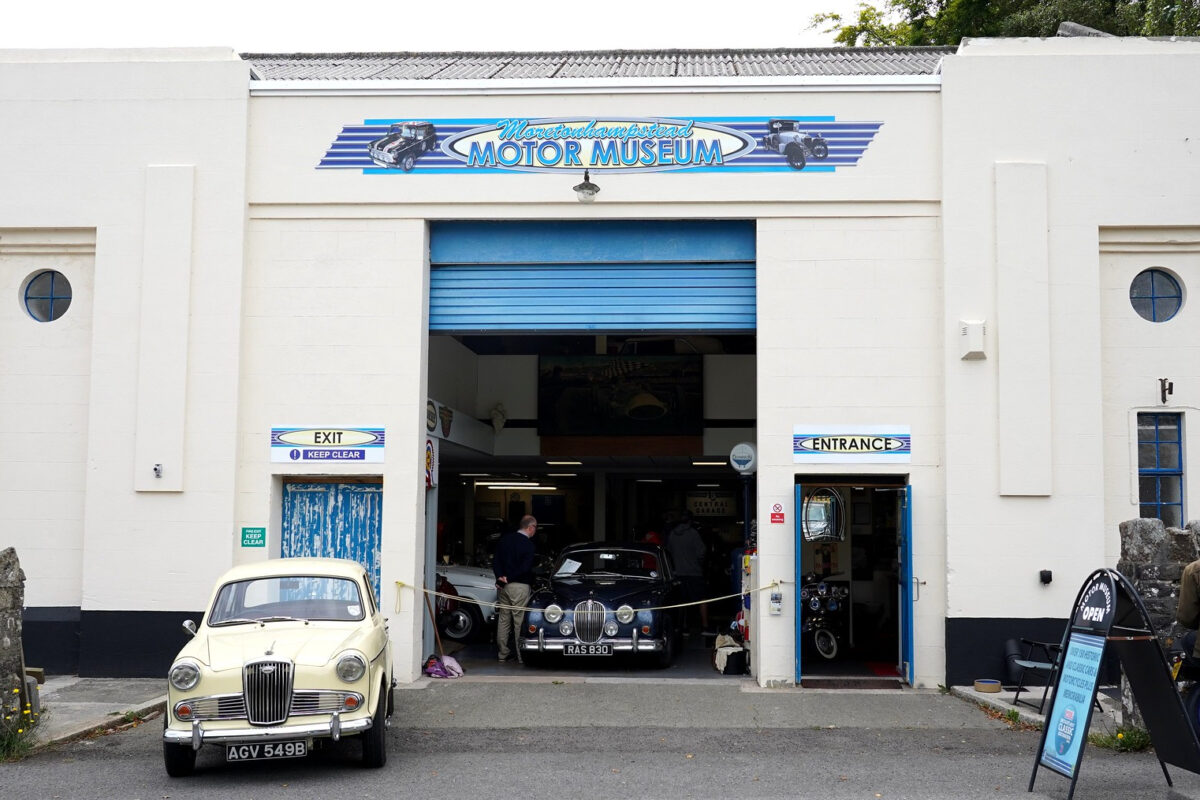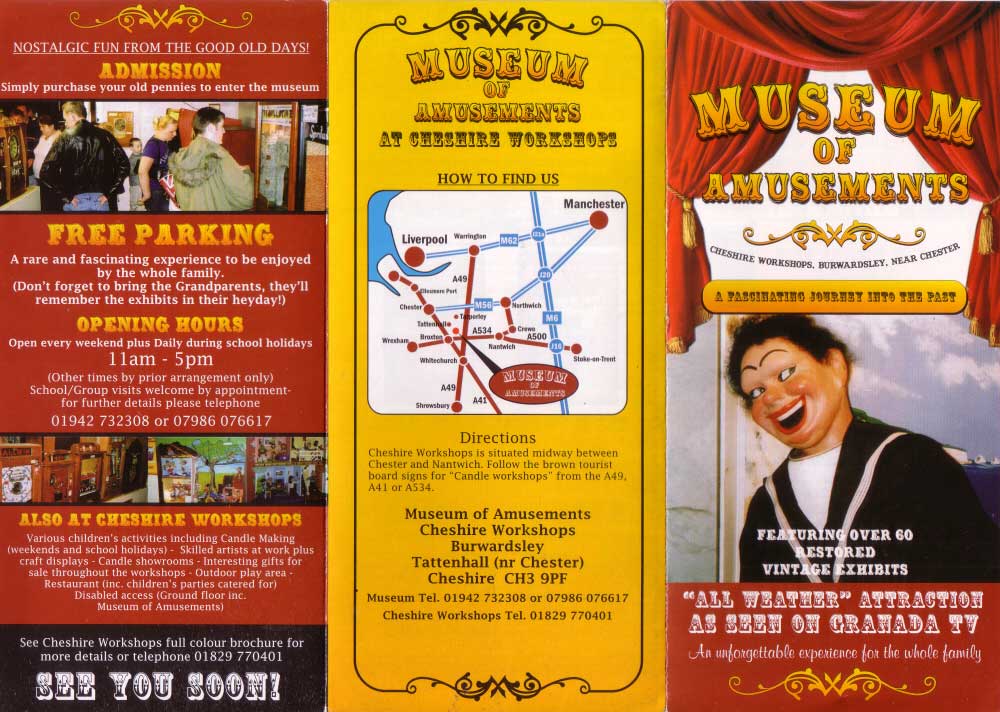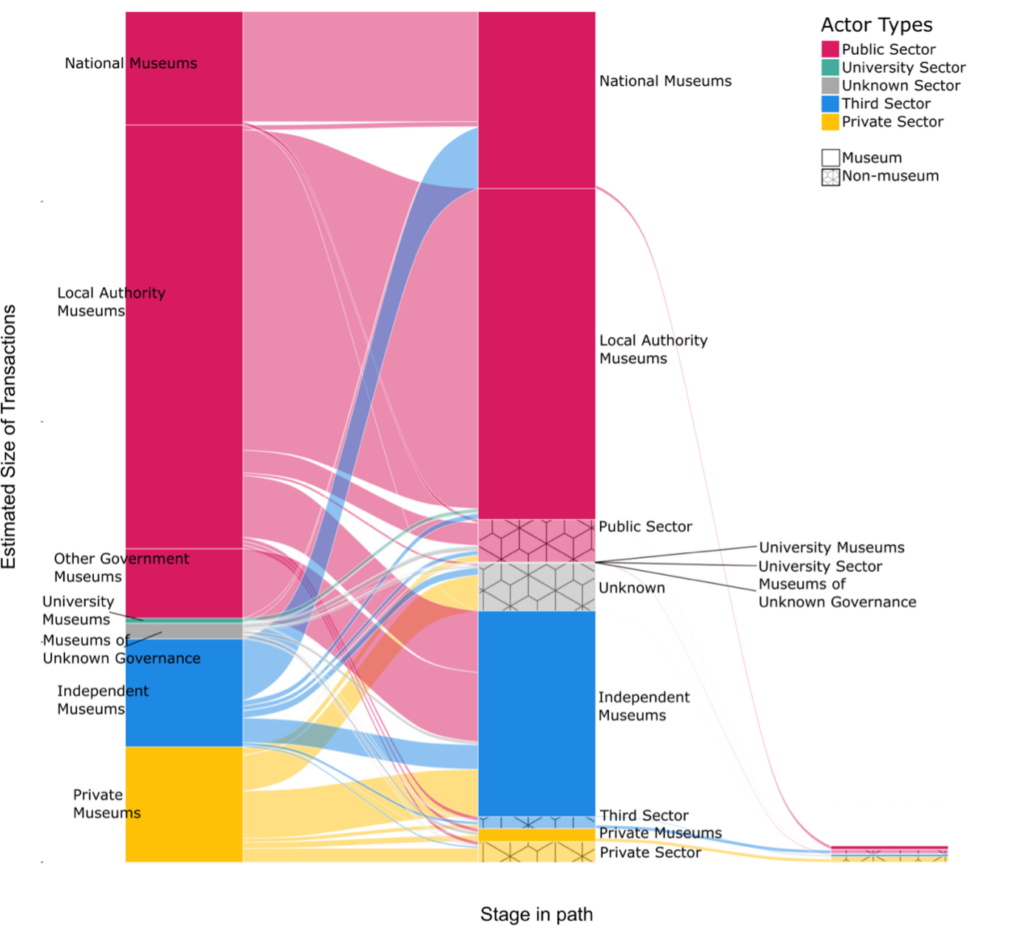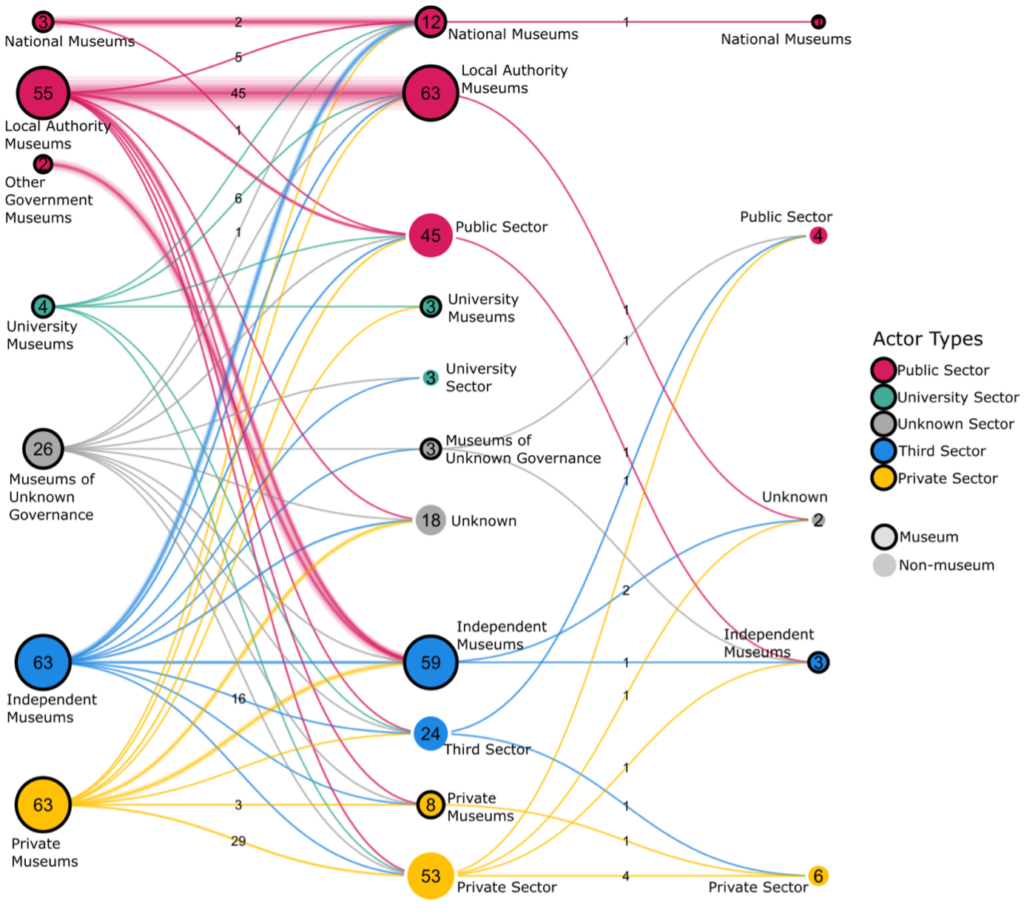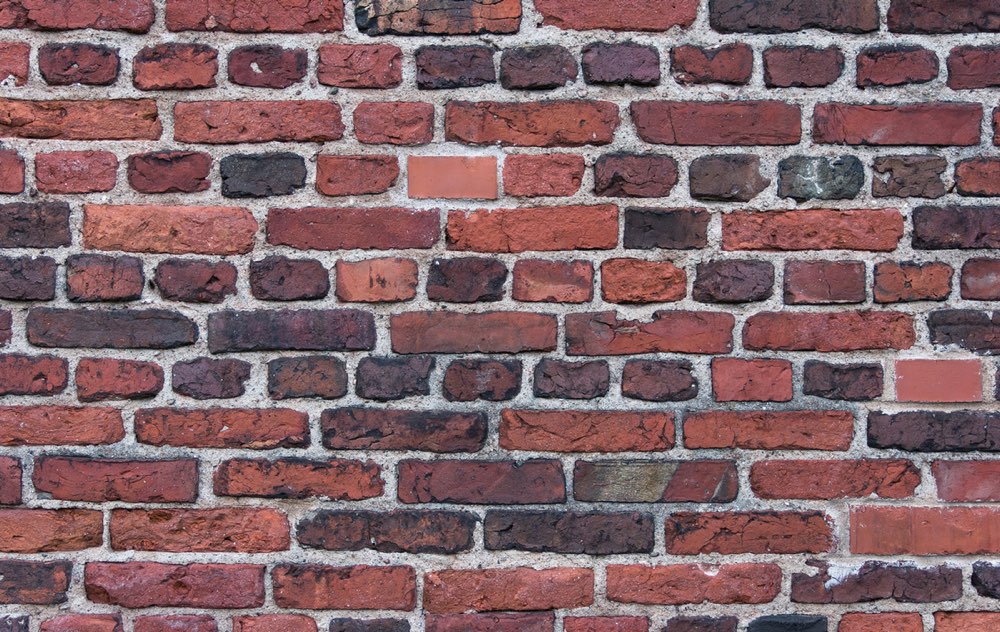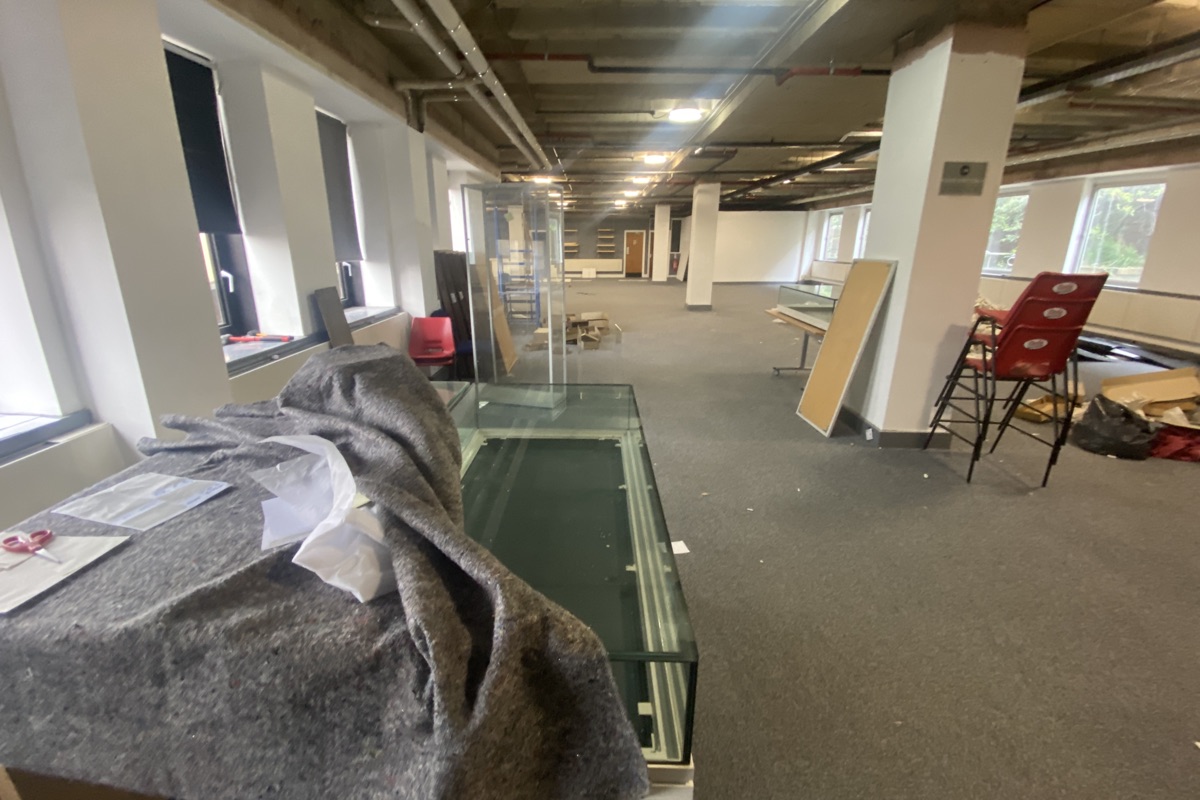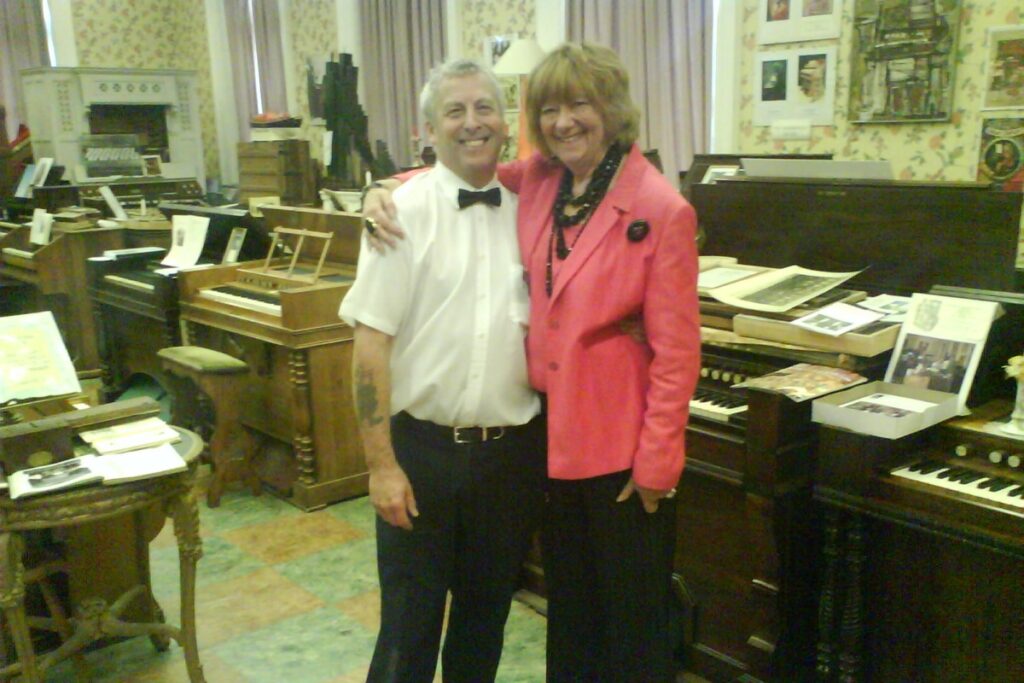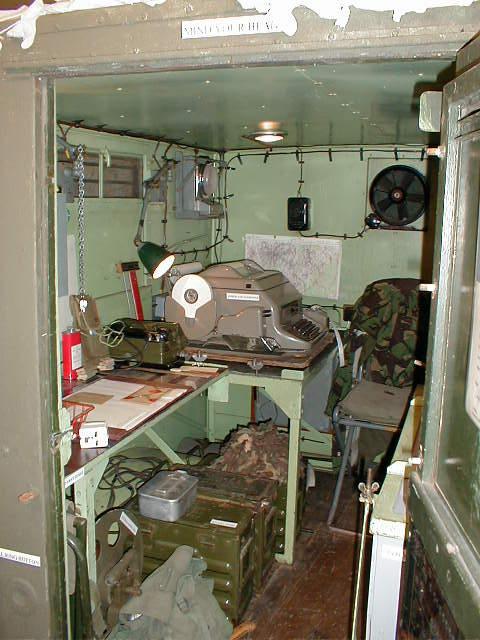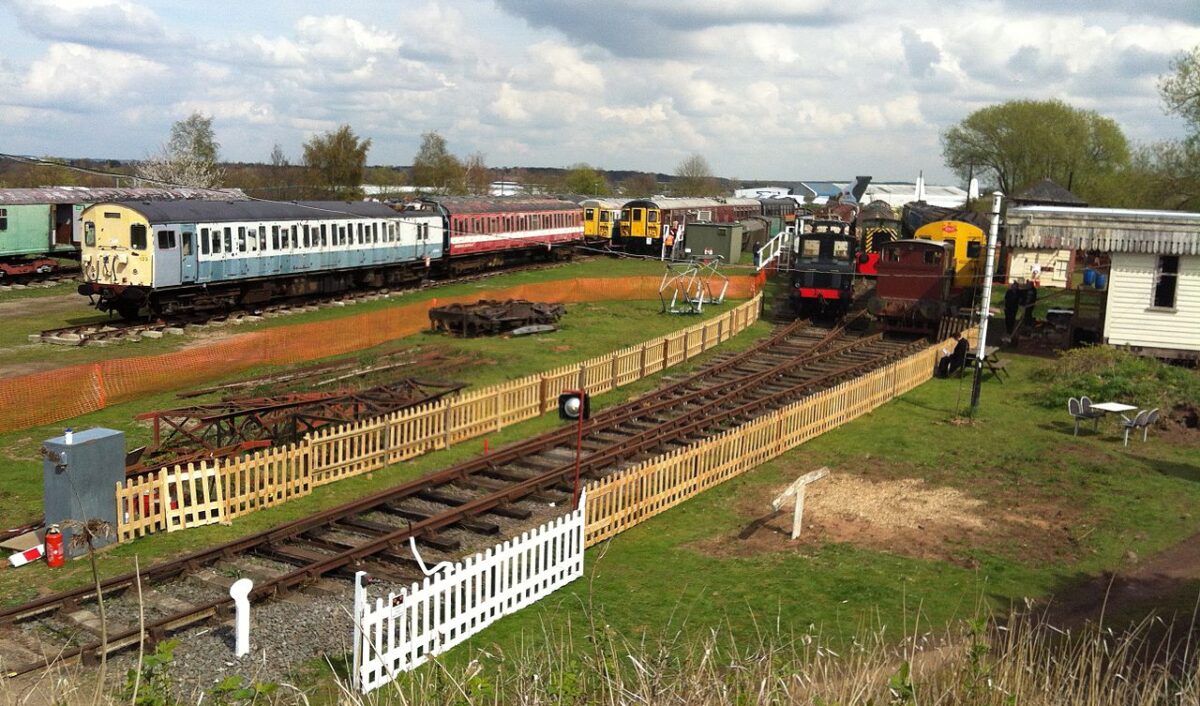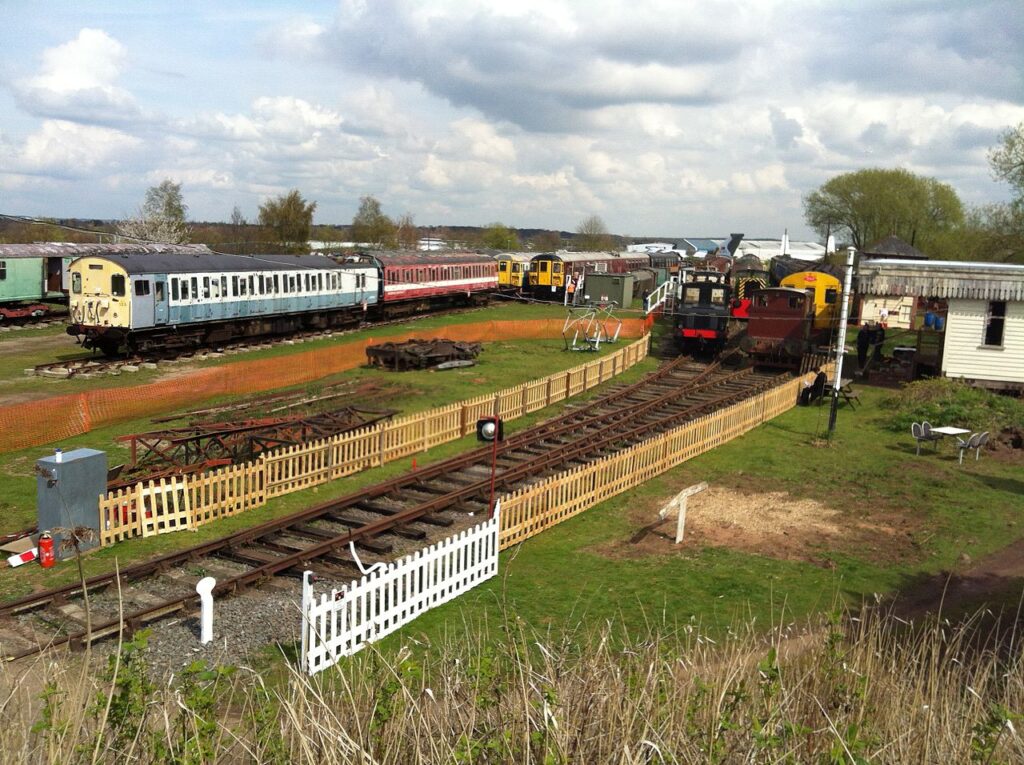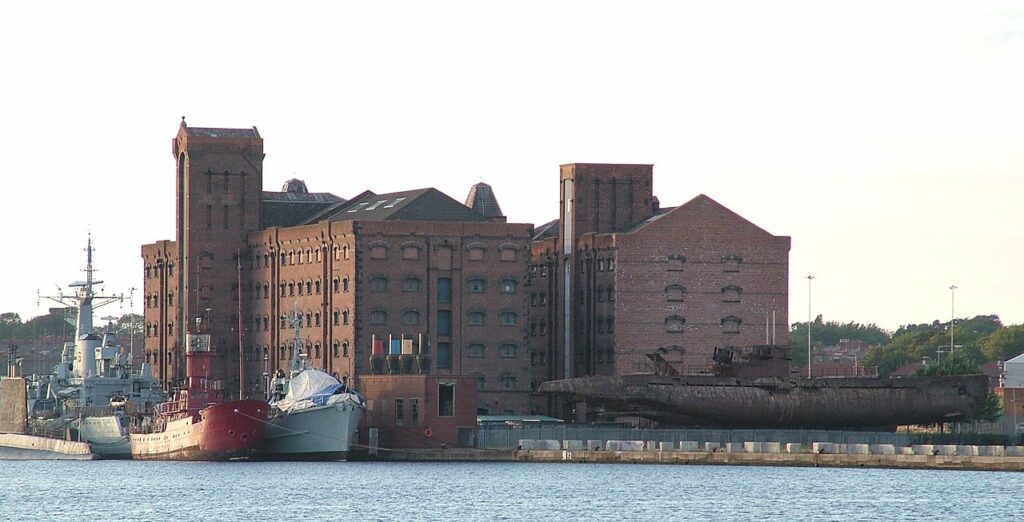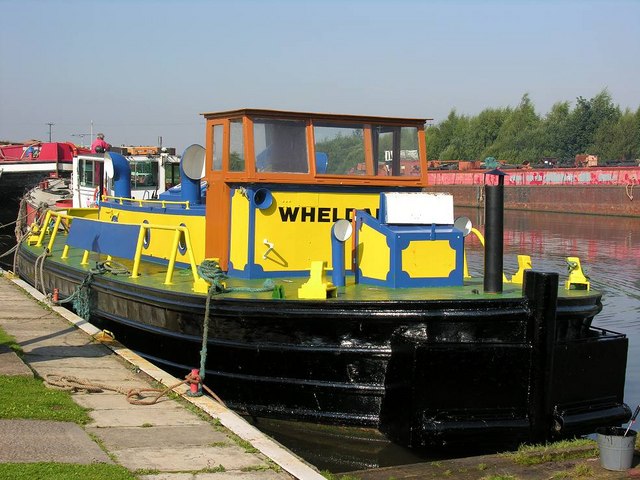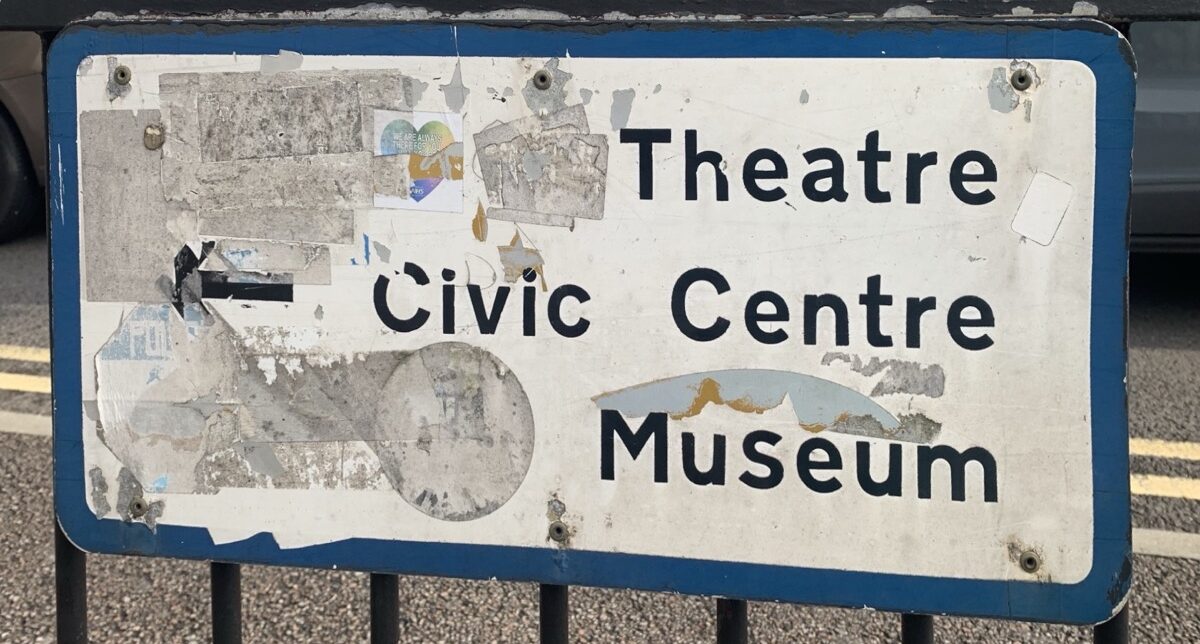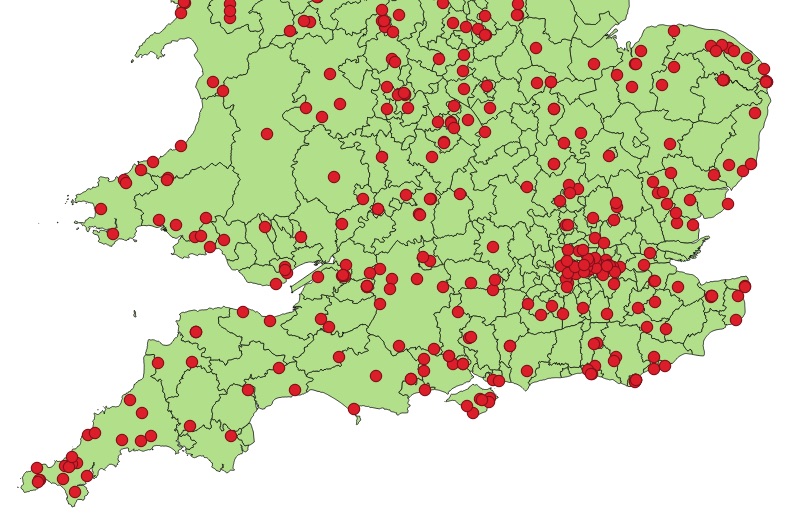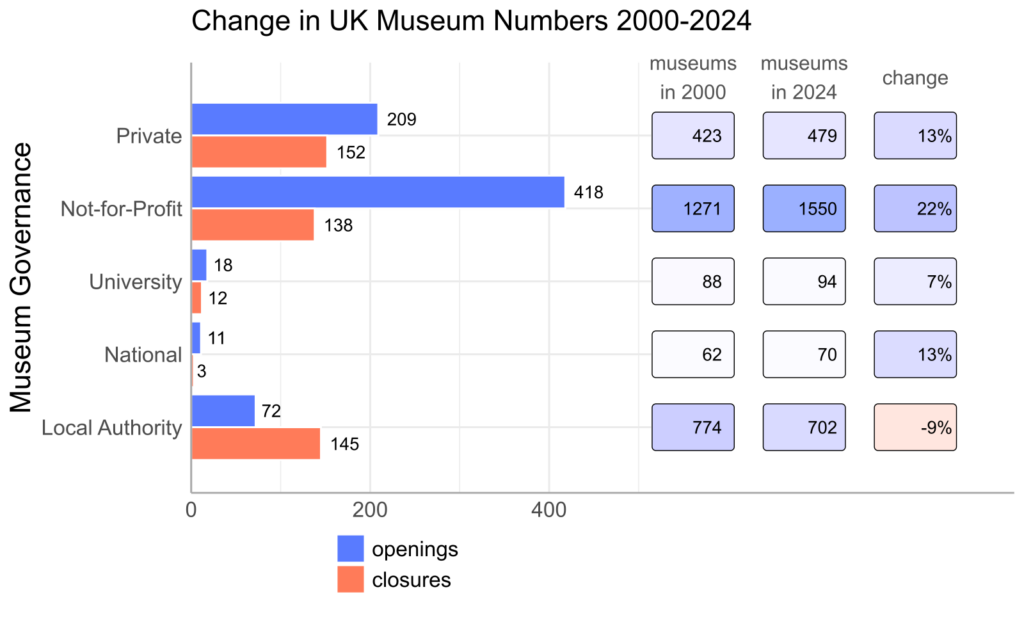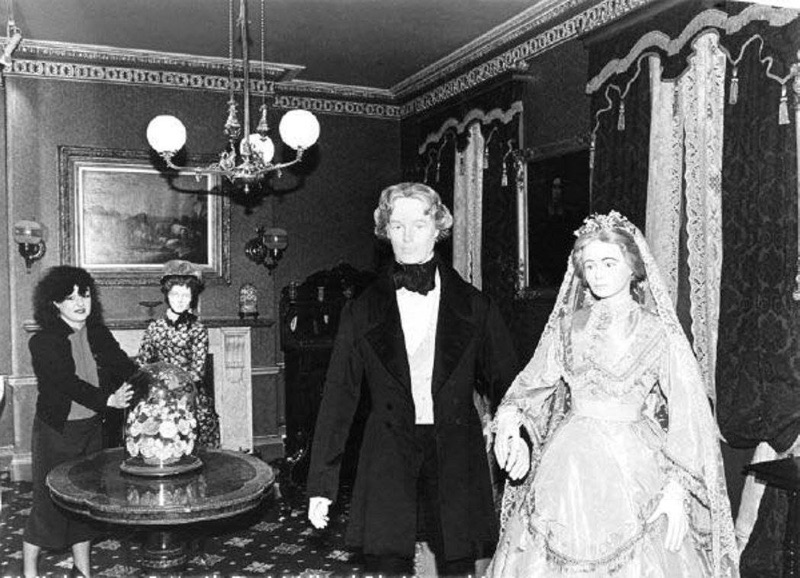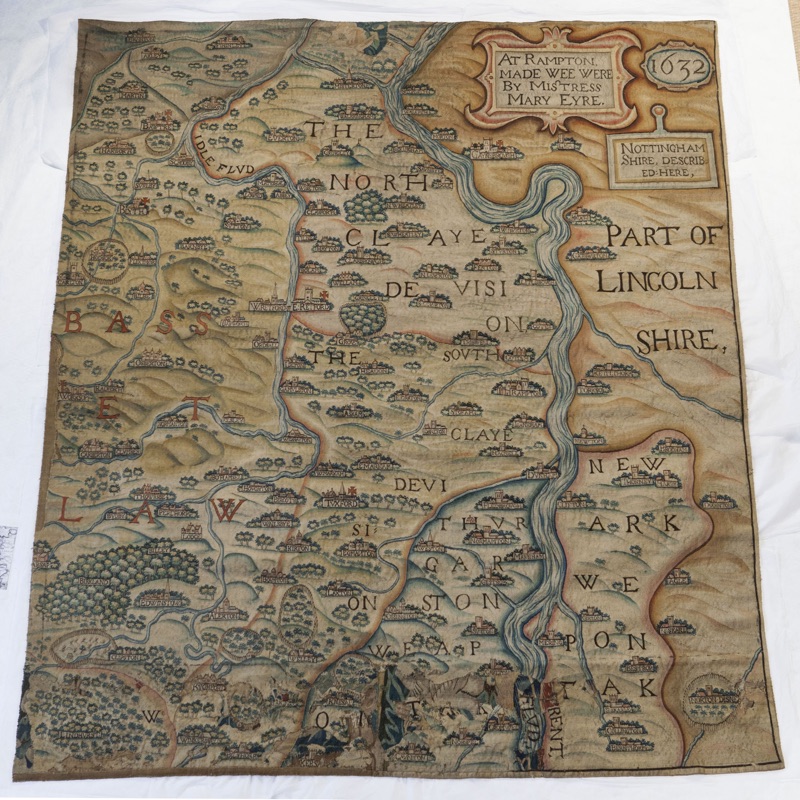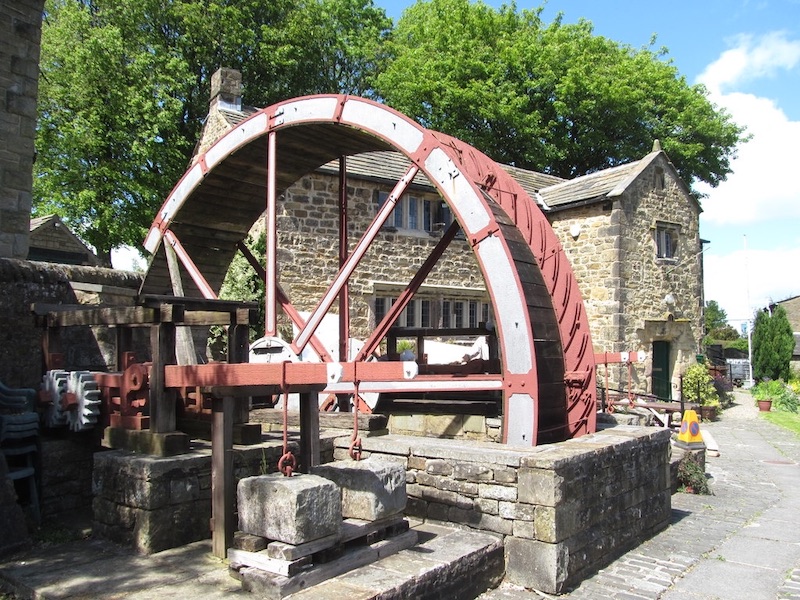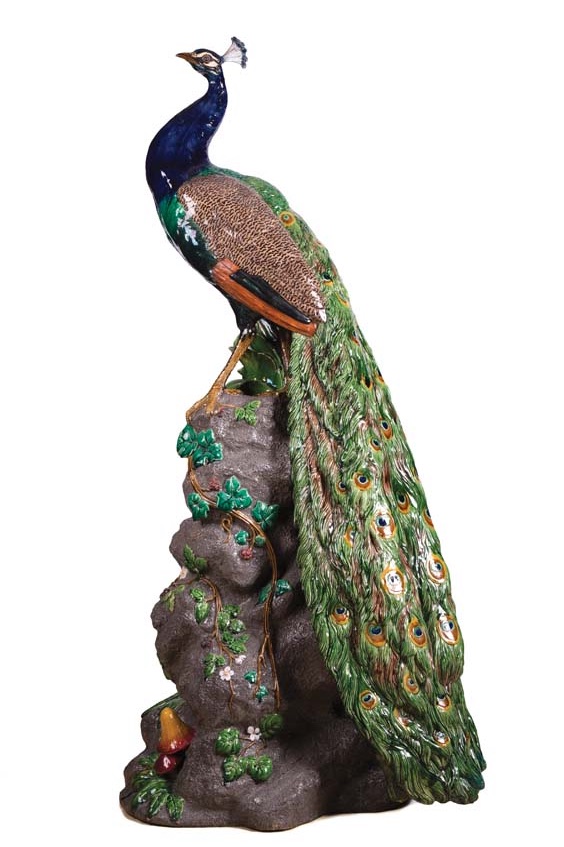Sixteen museums have closed since January 2024. In this blog we report on those closures and look at why they have happened.
Some of the closures were due to local authority budget cuts. These affected Llancaiach Fawr Living History Museum in Treharris, as the council sought to save £45 million over the next two years. In Hampshire, Westbury Manor Museum was running at a deficit and seen as financially unviable by Hampshire Cultural Trust who were managing it. The Trust in turn had had its budget cut by £600,000, almost a quarter of the total, by Hampshire County Council.
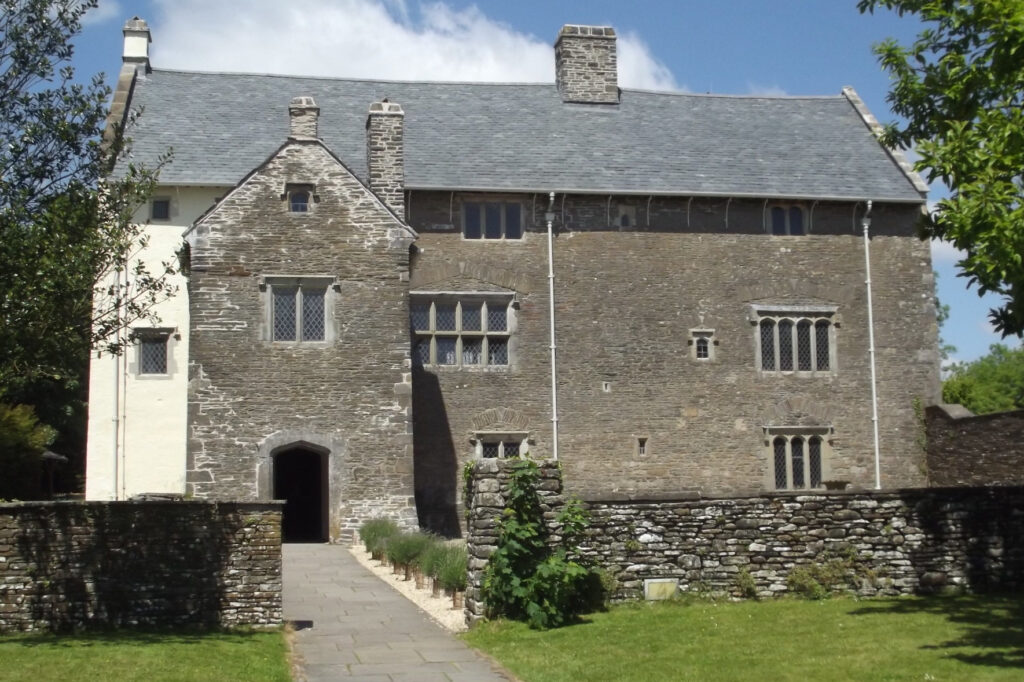
A similar situation resulted in the closure of Bursledon Windmill, also run by Hampshire Cultural Trust. Eastleigh Borough Council had been contributing funding for the Windmill, but they terminated the agreement with the Cultural Trust in February 2023.
In Scotland, Alyth Museum was closed after a package of cuts planned by its managing trust, Culture Perth & Kinross, as it reorganised its operations after a 12% cut in its council funding spread over three years.
Independent museums often receive external funding, and cuts resulted in the closure of the independent open-air museum at Auchindrain, the sole example of a Highland farm township. In this case, Historic Environment Scotland ended their funding after providing around 90% of the museum’s costs for three years. The trustees stated that the costs of running the venue, which had been offset by the HES funding, far outweighed the income that they were able to generate. Although the museum is now closed to visitors and, according to the trustees, ‘unlikely to reopen in its present form’, whether the museum will close permanently remains unclear.1
Other independent museums have faced difficulties with costs. Announcing the decision to close Wirksworth Heritage Centre in Derbyshire, its trustees cited ‘the current economic climate, increased running costs and poor trading conditions’. Meanwhile, for Durham Museum the condition of the building was the deciding factor. It needed expensive repairs, including a new roof. The prospect of these costs meant that the Bow Trust who ran the museum felt unable to continue. The Fairground Heritage Trust also found costs to be prohibitive and in late 2024 closed Dingles Fairground Museum in Devon.
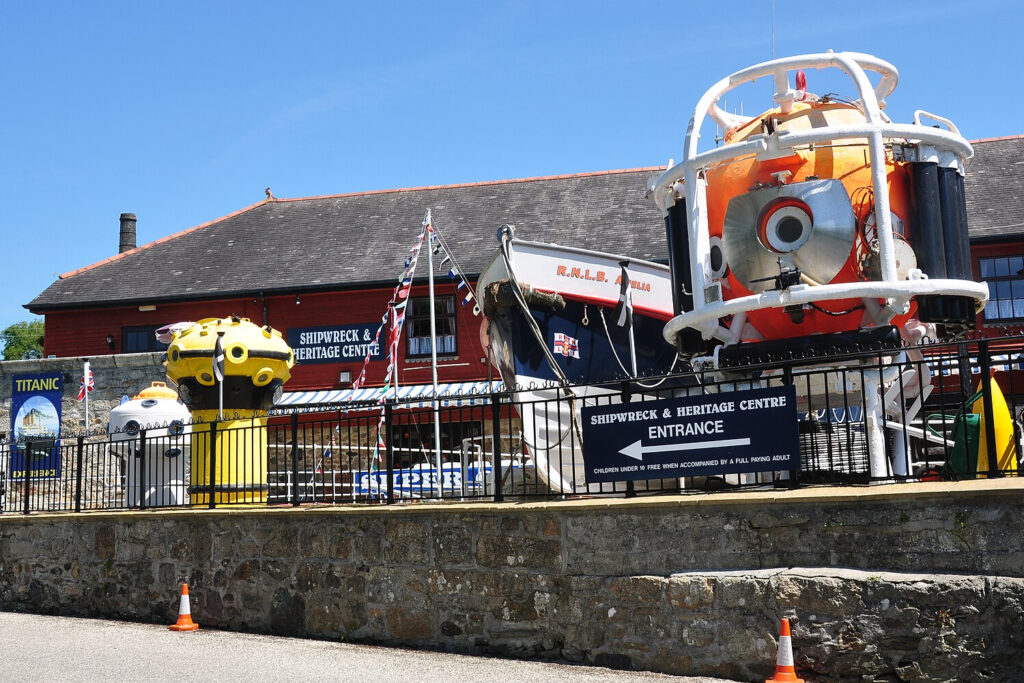
A few private museums, all in Cornwall, also closed for financial reasons. The Flambards attraction in Helston stated that rising costs and a steady decline in visitor numbers had made the park’s operation and further investment unsustainable. The Cornish Heritage Museum was housed at the theme park Dairyland in Newquay, which had been running a deficit since the pandemic and decided to call it a day in 2024. The Charlestown Shipwreck & Heritage Centre, based not far away in St Austell, was one of Tim Smit’s businesses and Smit, the founder of the Eden Project, stated that he had decided to close the museum as part of a process of ‘consolidation’, saying that it raised insufficient revenue.
Other museums closed for reasons related to their premises. The independent Welsh Museum of Fire were concerned that their current premises, an industrial unit, were likely to be unsuitable for younger visitors and they are looking for alternative accommodation. The RAF Signals Museum closed in 2024 as RAF Henlow, where the museum was based, was to be closed down. Redevelopments at University College London in preparation for its bicentenary have prompted the relocation of the university’s art museum this year to smaller premises on the site. Although the museum’s new location will include storage and a study space, it will have no exhibition space. As one of our project’s criteria for a museum is that it should have some of its collection on display, we now consider this museum closed too.
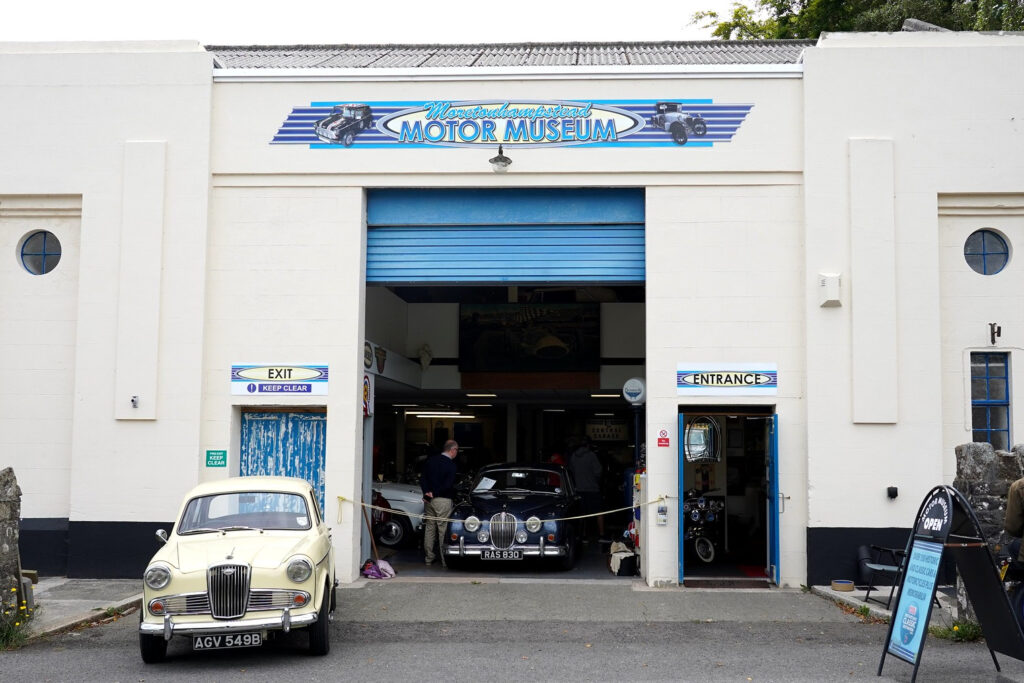
Lastly, we know from looking back at closures since 2000 that private museums commonly close because their owners wish to retire. This was the case at Marshland Maritime Museum near Kings Lynn, and the Moretonhampstead Motor Museum, both closed in 2024.
We’d like to thank staff at the various Museums Development Networks, Museums and Galleries Scotland, the Welsh Government, and the Northern Ireland Museums Council, all of whom have helped us to keep our data up to date.
We will continue to monitor closures for the remainder of 2025 so if you become aware of any museums closing, do let us know.
Mark Liebenrood
Images: Elliot Brown on Flickr; Nilfanion on Wikimedia; Steve Knight on Flickr; all Creative Commons.
- Since this blog was published, Auchindrain has announced that it will reopen on 20th July 2025 [updated 30 June 2025] ↩︎
